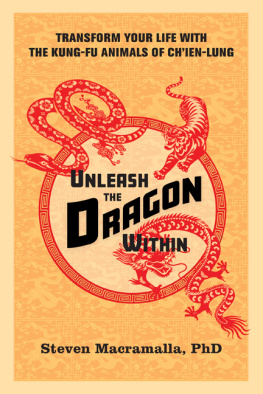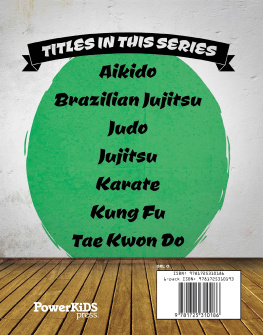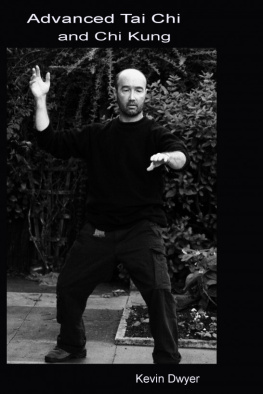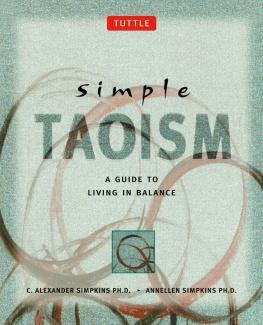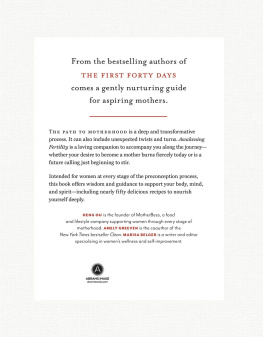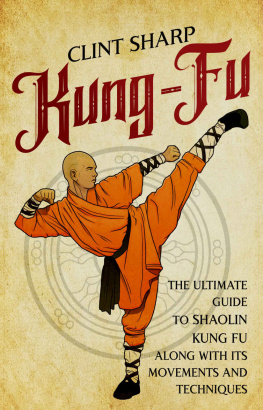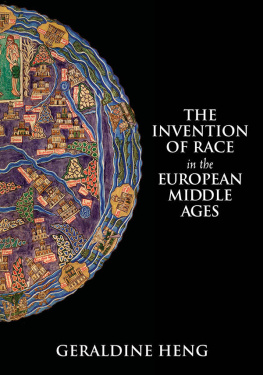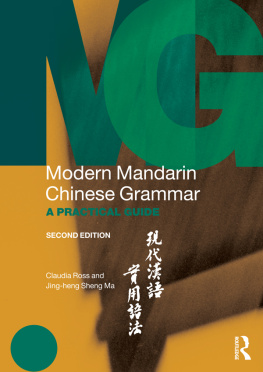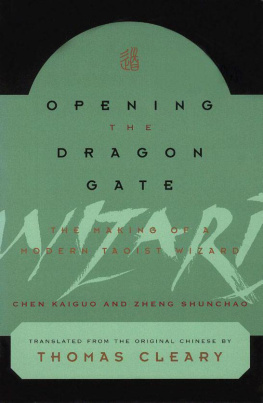Zhan Zhuang ( ) and Advanced Tree Qi-Exchange Ping Heng Kung ( ) By Fa-Shih Hern-Heng
2012 Three Temples Martial Arts. All Rights Reserved.
The purpose of this work is to relay advanced meditative teachings of the Nei Jia ( ) , Internal System of M a rtial A rt s known as Baguazhang ( ), also translated as Pa Kua Chang . It is well known that Bagua walking and palms are traditionally practiced by circling trees. M any who practice this art in the West, however, or even some beginners in the East, often shrug off claims of old masters regarding the essentiality of various Nei Kung p ractices with trees. To those who have not done considerable work with such Nei Kung, claims about its effectiveness and centrality to Qi-development in Bagua are often assumed to be exaggerations. Some doubt the claims related to these practices, while others suspect their exaggerated results come from the circle walking itself and the tree is more or less irrelevant. In many cases, the beginner often rejects the practice, in that they either do not engage it in at all (focusing instead only on walking and form work) , or they underemphasize both standing Zhan Zhuang ( ) M editation and Tree Qi-Exchange M editation ( , Ping Heng Kung ) . This text will explain the Taoist origins of this Dragon Gate ( ) Lung Men) Meditation, and will detail how to practice both Zhan Zhang, as well as Tree Qi Exchange Meditation, and how the two relate. B efore embarking on this study, a few words should be said to introduce the reader to the author and to the approach taken by his Nei Jia school of Three Temples Taoist Martial Arts.
PART 1
Background
About the Author and San Szu Nei Jia Kwan The author, Fa-Shih Hern-Heng is a Nei Jia ( ), Internal Family Martial Arts teacher with nearly two decades of Martial Arts experience. In 2005 he became a Nei Jia instructor after having studied the following styles of Chinese Martial Arts which he received Black Sash ranking or Instructor Level in:
Cheng style Baguazhang ( ) Hebei style Xingyiquan ( , also transliterated: Hsing I Ch uan ) Chen style Lao Jia T aijiquan ( , T aijiquan is also transliterated: T ai Chi Ch uan ) Yang Style T aijiquan ( ) Chen, Pan-Ling hybrid T aijiquan ( , combination of Chen, Yang and Wu styles) Northern Chinese Tao Pai Traditional Wu Shu ( )
Other systems studied include the following: Krav Maga ( , Israeli close-quarters combat ) Filipino Escrima (Kali) Brazilian Jiu-Jitsu Traditional Muay Thai ( )
In addition to these Martial Arts, the author trained extensively at a variety of tactical firearms academies, with veteran SWAT officers. With more than half his life spend studying the field of Psychology, Criminal Justice, Social-Psychology and Penjak Silat based, S.W.A.T. developed, combat training and certification. The author eventually formulated complete and specialized training, for agencies and individuals, including, but not limited to:
Psychological Training
Counter-Terrorism Training Profiling and Background Recognition Counter-Terrorist Infiltration and Intelligence Gathering Operations Culture and Political background of terrorist organizations
Physical Training
Hand-To-Hand Combat Training Handgun Combat Training Concealed Carry Training Tactical Rifle Training Long Range Sharp-Shooting Close Quarters Knife Fighting
The knowledge the author gained through Penjak-Silat-based tactical firearms training was applied to martial arts and how one can apply martial arts in modern self-defense situations.
After years of teaching a variety of systems, from which he obtained separate lineage from different teachers training concurrently Fa-Shih Hern-Heng set about to capture the philosophical approach to cross-training in the Nei Jia, and additionally to applying self-defense techniques of Krav Maga, Kali, Brazilian Jiu-Jitsu and tactical weapons training with the principles of Nei Jia Internal Kung-Fu. This philosophy was termed San Szu or Three Temples.
Three Temples is a systematic approach to Martial Arts, spiritual understanding, philosophy as well as health, longevity and internal alchemy. The Three Temple approach is based upon the understanding that truth itself, and martial truth, does not derive from one particular source, and is not limited to one system. The traditional Chinese approaches are largely the subject of study at Three Temples, due to their antiquity. This is relevant to both their maturation, evolution and development over the millennia, as well as their being the source from which many other latter styles derived. In many ways other cultures borrowed from the ancient Chinese and refined aspects of the teachings. I n this, however, preservation of many elements were naturally lost. Thus, the focus on the Martial Arts of Chinese origin is not out of adherence to blind nationalism or the like, but instead to seek out sources of both pure, relatively unadulterated teachings, as well as studying the modern trees that blossomed from the fertile soils of this rich tradition (namely, the more recent development of the Internal Martial Arts).
Martial Philosophy
The San Szu approach taught by Fa-Shih Hern Heng is not a new form of Kung-Fu, nor is it a hybrid system based on External and Internal arts, nor a hybridization of the internal arts or Nei Jia as we find in the modern Wu Tang style of T aijiquan (which is not to be confused with the original, legendary Wu Tang T aiji origins of Zhang, San-Feng found in authentic Ancient Style ), nor in the hybrid Wu (Hao) T aiji variant of Sun, Lu-T ang who wished to fuse Xingyiquan and Baguazhang into T aiji). Instead, San Szu is a name given to the approach and curriculum originating from a diverse background of various Taoist and Buddhist Temples in China. The name itself indicates the defiance to limiting oneself to one single source of learning, but instead to cross-training in various systems of Chinese Martial Arts (and systems from elsewhere for that matter).
Another level of meaning in the name San Szu is that just as we accept truth from whatever source life offers to us, so too are we not fettered by the entanglements of sectarianism and will employ methods of esoteric practice from the three r eligious Mountain Temples of Religious Taoism (post T ien Shi), the Lung Hu Shan, Mao Shan and Wu Tang Shan alike, as well as offshoots therefrom which do not regard their lineages as Taoist (as in the example of Mo Pa i and Ba Lei Quan with respect to the Lung Hu Shan).
While hybridization of the three primary art forms called the Nei Jia by Sun, Lu-T ang, is possible (and exists in various forms), these arts are already so inherently advanced, that to present a systematic form of hybridization would be nave to the martial reality the the practitioner would learn a very little about a lot of things. Similar to this is the problem faced with practitioners of what unfortunately became the systemization of Jeet Kune Do, a poignant philosophical synopsis of martial truth by Bruce Lee (Jun Fan). Bruce Lee vowed, in the closing pages of his Tao of Jeet Kune Do, that his teachings should not become a system.
Unfortunately, this is exactly what happened and in the decades that would follow schools cropped up all over the world promising to teach Bruce Lee s methodology (a methodology that he knew would be different for everyone), by merely focusing on cross training. These schools limited themselves from the outset by sticking to some of the styles that Bruce Lee and his close friend and training partner Daniel Inosanto had studied in. For years, only a cursory level of instruction in Wing Chun, Kali, Silat, Savate, Mauy Thai, Brazilian Jiu-Jitsu and the like became the focus of such schools. In effect, the students would dig many holes, searching for water, but never dig long enough in any one place to reach it. Those who did devoted enormous years to their studies and never approached the level of skill they could have if they had delved into the Internal Systems.


